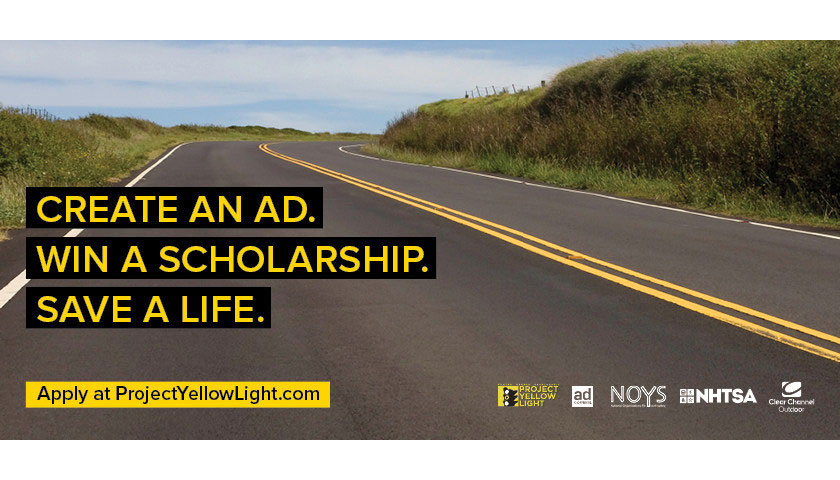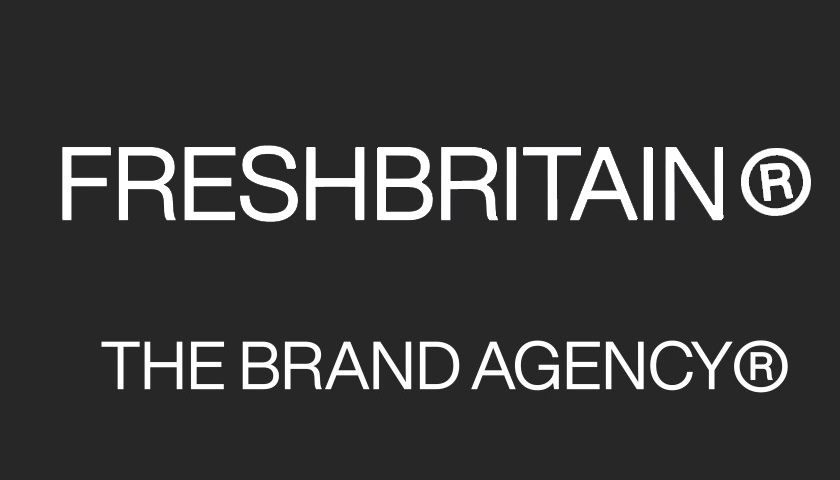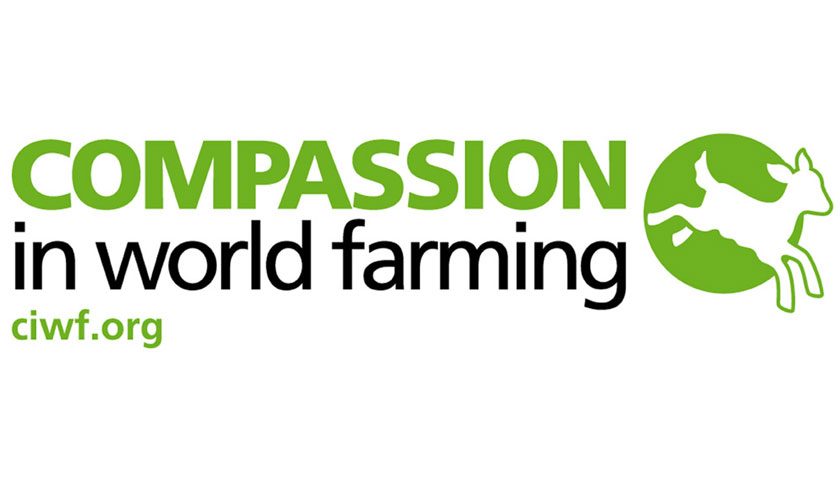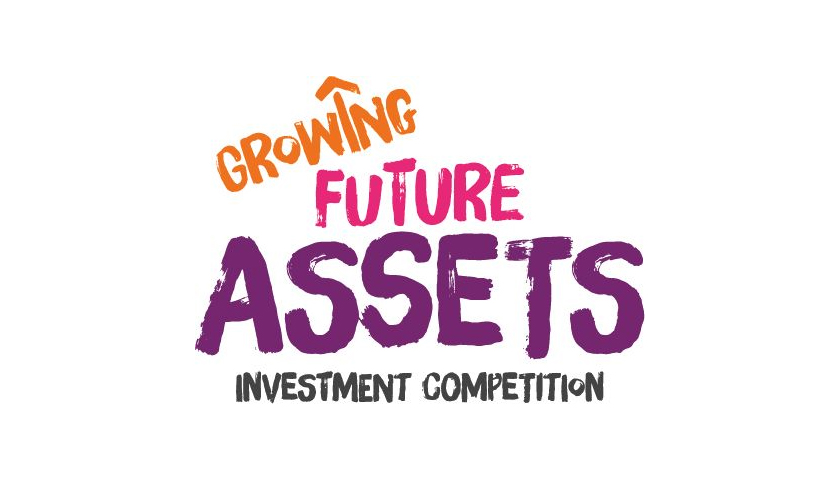The Ad Council and Project Yellow Light announced the opening of the eighth annual Project Yellow Light scholarship competition. The contest invites high school and college students nationwide to create a TV, radio or billboard PSA to educate their peers about the dangers of distracted driving, specifically texting and driving. Submissions are due March 1 (billboard) and April 1 (radio and video), and winners receive scholarship funding and the opportunity for national media exposure for their winning entries.
This year, AT&T’s It Can Wait and Apparent Insurance are supporting the initiative, joining longstanding funding, media distribution and issue expertise partners CBS 2 New York, Clear Channel Outdoor (CCO), iHeartMedia, the National Highway Traffic Safety Administration (NHTSA) and the National Organizations for Youth Safety (NOYS). CBS 2 New York has also created a TV spot to promote the competition, featuring anchor Alex Denis, which can be viewed here.
Project Yellow Light was established in 2007 by the family of Hunter Garner to honor his memory after his death in a car crash at age 16.
“We’re excited to be entering our eighth year of this national competition with our amazing partners; and even more so by the addition of two noteworthy new alliances – AT&T’s It Can Wait and Apparent Insurance,” said Julie Garner, founder of Project Yellow Light. “These relationships will significantly amplify our reach and help us save more lives.”
Key facts about Project Yellow Light 2019:
- Billboard submissions are due March 1; radio and video submissions are due April 1
- High school juniors, seniors, and undergraduate college students are eligible to apply
- All winners receive scholarship money; first-place winners are awarded $5,000 for video and $2,000 for billboard and radio
- Winning submissions may be turned into public service advertisements (PSAs) and distributed nationwide on iHeartMedia broadcast radio stations, Clear Channel Outdoor billboards, and approximately 1,600 TV stations.
For full submission guidelines and official rules, visit ProjectYellowLight.com.
Last year, the contest received more than 1,600 submissions from 49 states and Washington, D.C. The winning TV PSAs can be viewed online here.
Since 2011, Project Yellow Light has partnered with the Ad Council to turn the winning student submissions into PSAs that receive nationwide exposure through 1,600 TV stations, across iHeartRadio broadcast radio stations and over 1,200 Clear Channel Outdoor digital billboards.
“Project Yellow Light makes it possible for young people to develop creative that reaches their peers with this critical message on a national scale,” said Lisa Sherman, President and CEO of the Ad Council. “We’re thrilled to welcome AT&T’s It Can Wait and Apparent Insurance to this extraordinary coalition.”
“Since 2010, our It Can Wait program has raised awareness of the dangers of smartphone use while driving and helped curb these dangerous habits,” said Ryan Luckey, AVP of Corporate Brand Marketing at AT&T. “Project Yellow Light shares this commitment and we look forward to joining and supporting those who are using their voice to combat distracted driving.”
“Apparent Insurance is excited to be a sponsor of the 2019 Project Yellow Light scholarship competition,” said Colleen Benzin, Managing Director of Apparent Insurance. “As an auto insurer designed for parents, by parents, we support the Project Yellow Light mission to engage young adults about the dangers of distracted driving. Our hope is that this partnership leads to safer drivers and safer roads for the families we serve.”
“People who use cellphones more frequently while driving may be riskier drivers in other respects,” said Heidi King, NHTSA Deputy Administrator. “Multiple studies find that drivers increase their risk of a crash when they choose to engage in distracting activities that require them to take their eyes off the road, such as using a handheld cell phone, reading or writing, or using touchscreen menus on a vehicle instrument pane. Some studies find that drivers engage in some type of distracting activity more than 50 percent of the time they are driving.”



